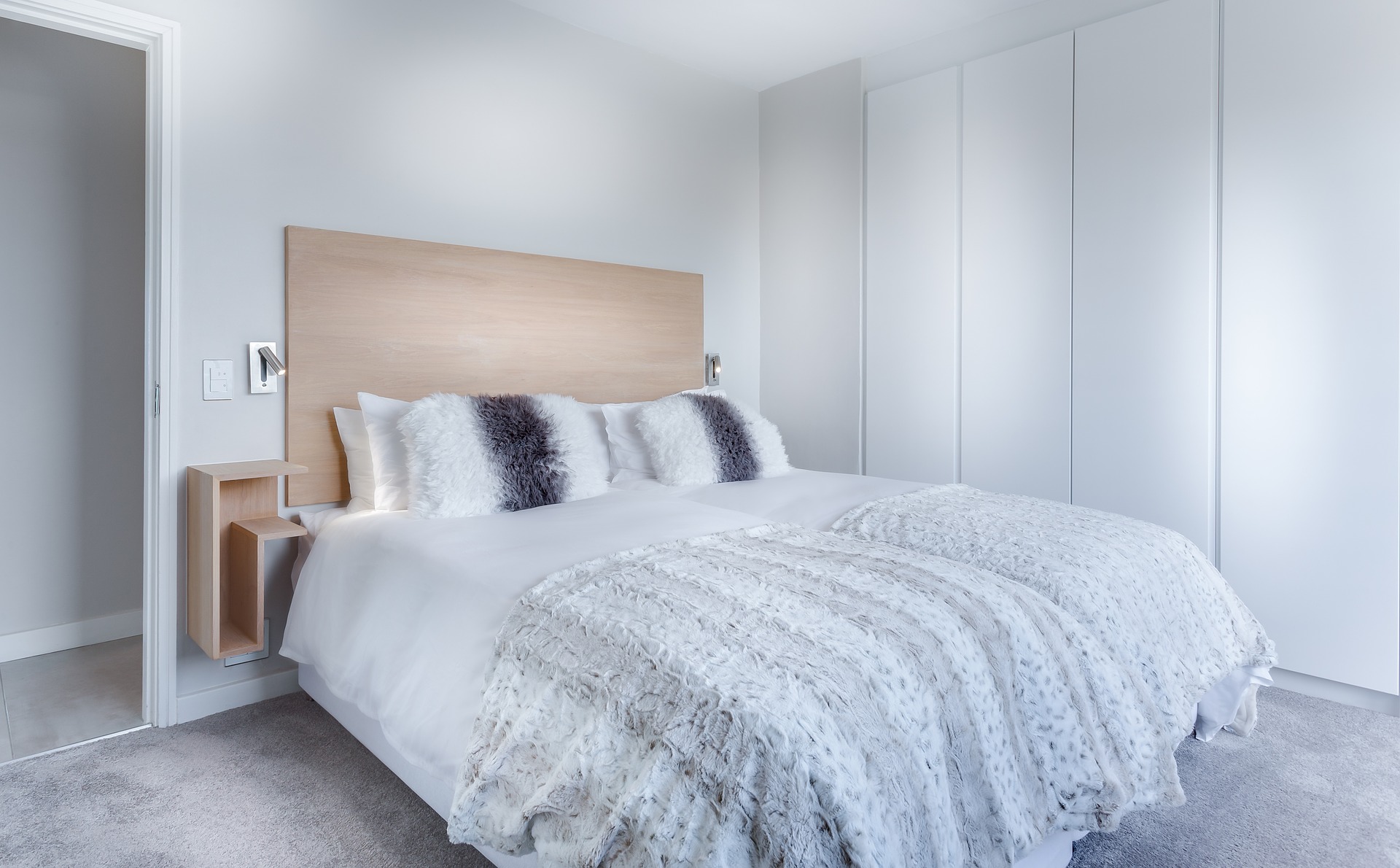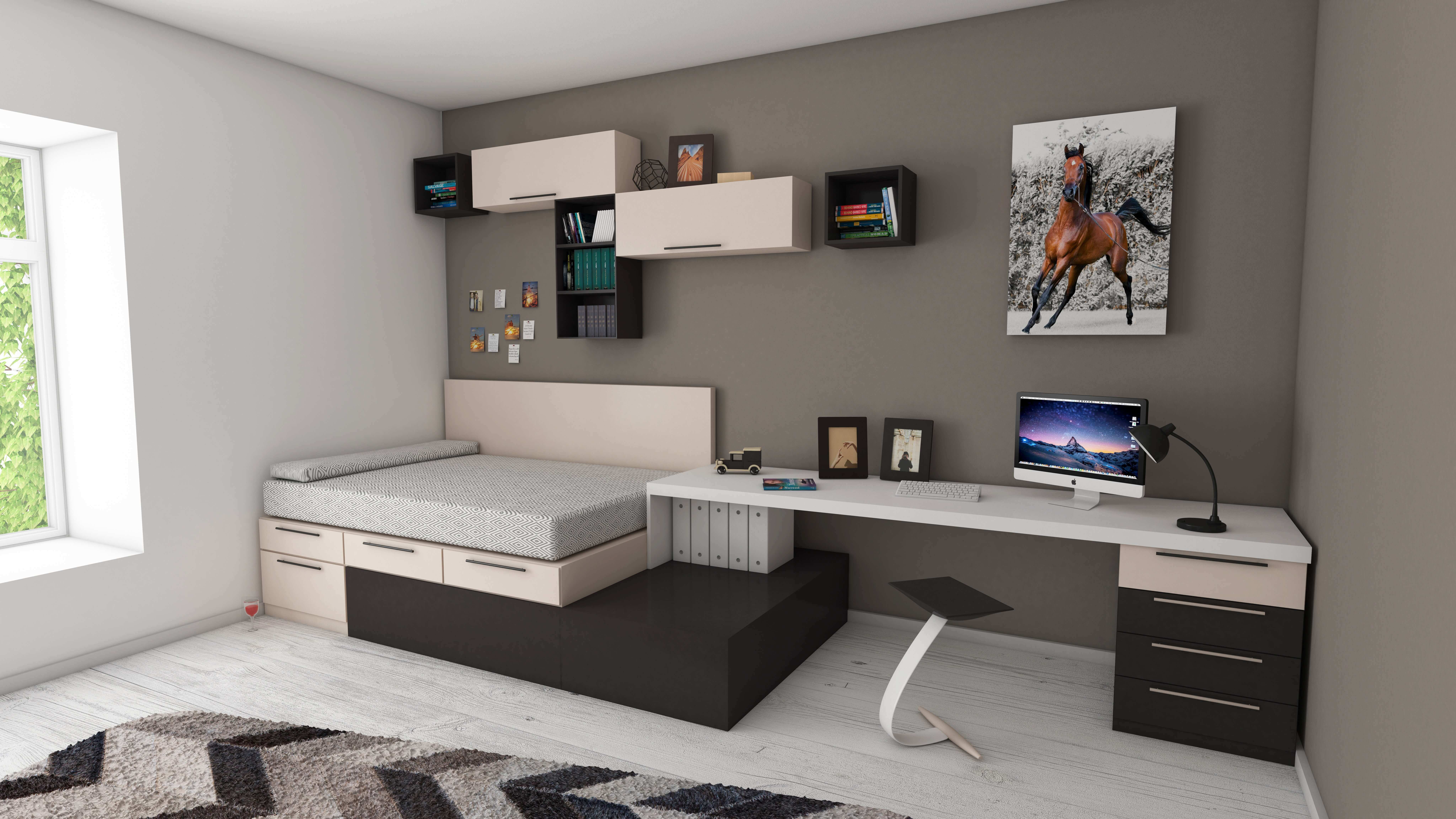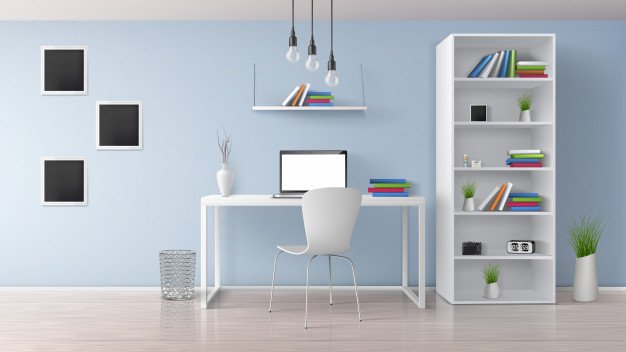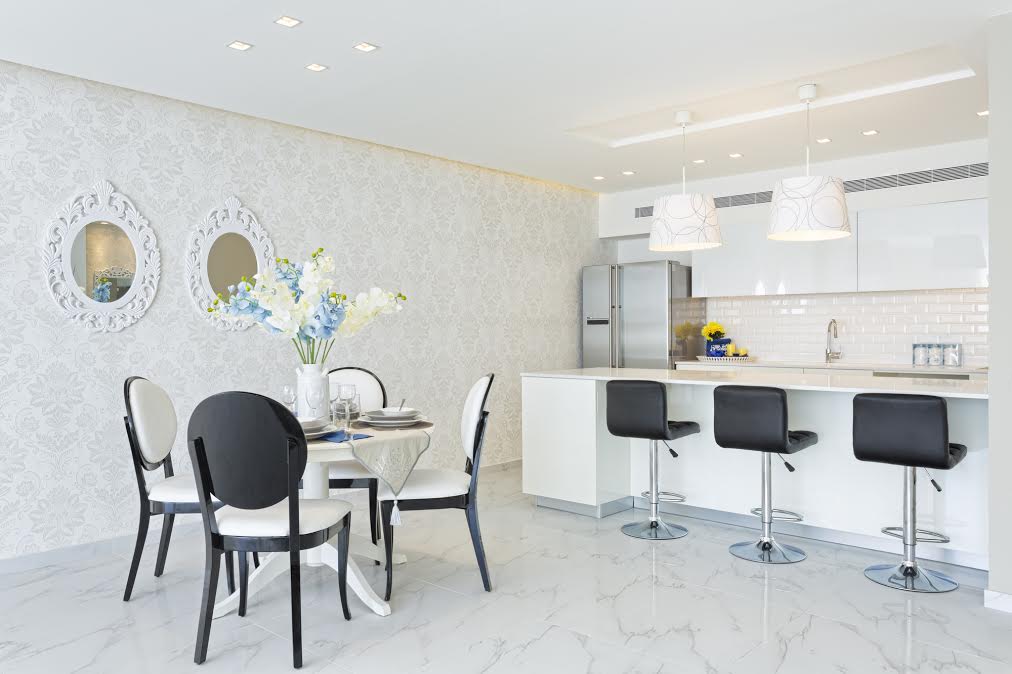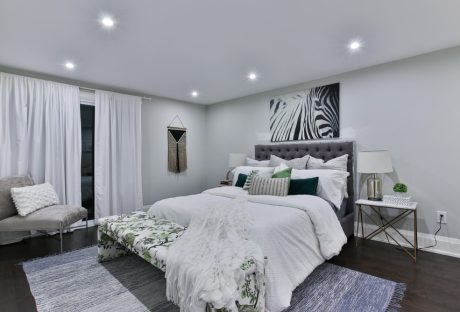There are several different kinds of mattresses in the market today. Among them, natural latex foam mattress and memory foam mattresses seem to be the most popular If you are considering purchase either of them, it is essential to know the differences between the two before making your decision.
All About Natural Latex Mattress:
This kind of mattress is believed to offer more elasticity, thereby offering more bounce and faster response time. Latex mattresses usually come in different varieties like synthetic, natural and blended options. Latex foam is often manufactured using the Talalay or Dunlop process.
A natural latex mattress, unlike other latex mattresses, is manufactured using only raw late. The raw latex is harvested from rubber trees and put through a process to create the required foam layers. A natural latex mattress that is certified organic is believed to have used only pure materials during the manufacture, along with minimal gassing.
Why People Prefer Natural Latex Mattresses:
Latex mattresses offer a more generalized compression around your body, unlike memory foam mattresses. Many people prefer this over the enveloped or stuck feeling that is caused by memory foam mattresses. In fact, the extra bounce offered by latex mattresses gives a lighter feeling as well. Latex mattresses also have lesser heat retention, allowing you to sleep comfortably even during the hot months of summer. The air pockets in the latex foam help cool the mattress and bring down the heat in general.
All About Memory Foam Mattresses:
A memory foam mattress is manufactured with polyurethane along with other materials. This helps create the viscoelastic feeling that you experience as you lay down on the mattress. It is important to understand that memory foam is not made from a single material, in fact, it is a combination of several materials. This is why memory foams can satisfy different requirements like:
- Be of any kind of firmness
- Be of different densities
- A range of response times
- Fully or partially infused with gel beads, gel or other materials
- Aerated, molded, cut or convoluted
Why People Prefer Memory Foam Mattresses:
The viscoelasticity feature offered by memory foam allows the mattress to take on every contour and shape of the body. This helps offer proper support t the entire body. People who use memory foam mattresses often have a good night’s sleep and wake up refreshed the next day morning without any complaint of the back neck or other chronic pain. People who suffer from the pressure point related point can benefit a lot from switching to memory foam mattresses.
However, memory foam mattresses tend to overheat and retain heat which makes it uncomfortable for some people. This is why mattress designers have introduced gel layers, gel infused foam, cooling fabrics and convoluted foam in memory foam mattresses. This helps overcome the heat retaining issue, enabling customers to enjoy their sleep without warming up too much.
Natural Latex Vs. Memory Foam Mattresses:
Before making your final decision, think about what you are looking for in your mattress. If you are looking for more bounce, with faster response time, and natural mattress, then the Natural Latex Mattress is your answer. In fact, many companies also offer latex mattress in India.
However, if you are looking for something with deep compression support, slower response time, made with varied materials, viscoelasticity feature, then a Memory Foam Mattress is the best choice. At the end of the day, the final decision lies with you as per your personal requirements as well as your budget. You can easily visit any nearby store and try out both these mattresses to find out which one you are more comfortable with.
Read Also:













